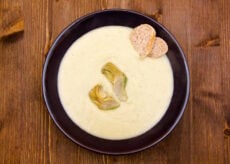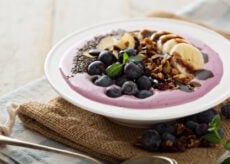Is Sushi Healthy? Here’s What You Need to Know
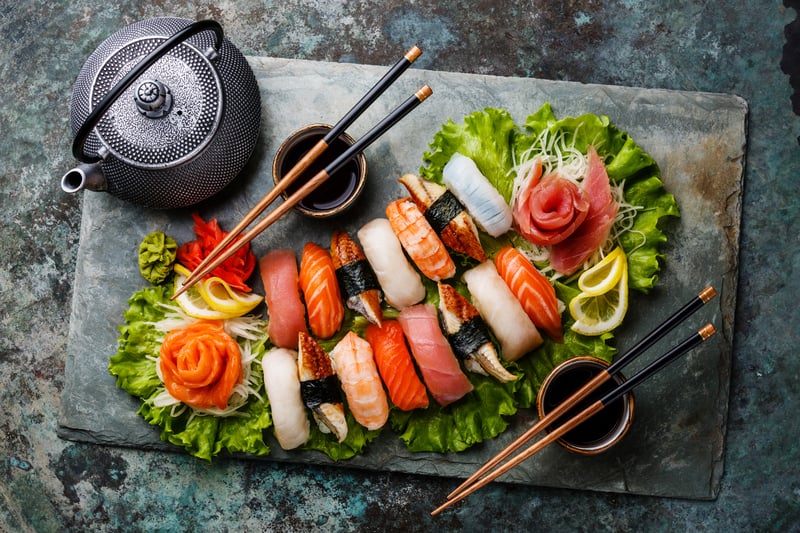
Those of you who regularly splurge on sushi may be doing your health a disservice. If you think sushi rolls are a superfood because it’s raw fish and chockful of healthy omegas and protein, I am about to burst your bubble. So, is sushi healthy? Let’s break it down, shall we?
I popped into my favorite local sushi bar, which is right on the coast, for a chat with the head chef and his team. I wanted to find out exactly how they make sushi, sushi rolls, and some of the other staples in a traditional Japanese restaurant.
When I first arrived, I told the chef I wanted to know what the healthiest things on the menu were, and he said, “I can help you with that.” He then asked if I wanted any miso soup. Truth be told, I love a good miso soup, but I didn’t really want to fill up on soup when I knew I would be sampling some amazing sushi.
The chef said, “Didn’t you just ask me what the healthiest things on the menu are? Then you really should have the soup.” So here is where I began asking questions.
Health Benefits of Miso Soup
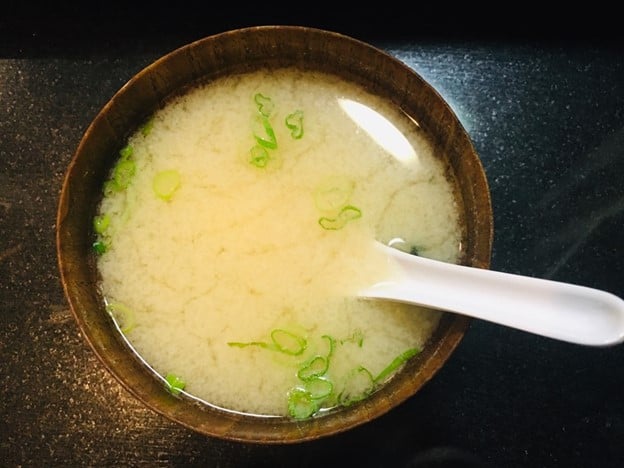
In Japanese, “miso” means “fermented beans,” so one may think this has digestive properties, which would be correct. Miso soup is made from soybeans, green onions, dried kelp, seaweed, and tofu.
One serving of miso soup contains:
- Calories: 40
- Total Fat: 2 grams
- Total Carbohydrates: 3 grams
- Protein: 3 grams
And touts the following potential benefits:
- Improved digestive health
- Reduced risk of cancer
- Lowered risk of heart disease
- Less severe symptoms of menopause
RELATED: Ditch the Glucosamine for Joint Issues. Try These 3 Must-Have Joint Nutrients Instead
Full disclosure, I am not implying miso soup cures diseases or prevents cancer, but it can contribute to an overall healthy diet and lifestyle. And kicking off your meal with miso soup provides a rich source of vitamins and minerals as well as probiotics.
Next up, the chef suggested edamame. What is edamame?
Health Benefits of Edamame
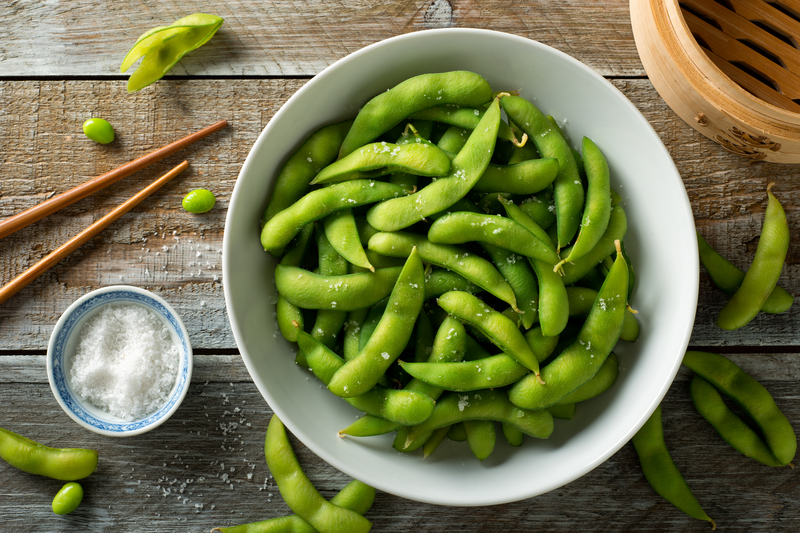
Edamame are “edible young soybeans that are harvested and picked before they have ripened. In Japanese, ‘eda’ means ‘stems’ and ‘mame’ means ‘beans,’ as they are often sold while still encased in pods with the stems attached.”
It’s quite simple to cook these: just trim off the very tip of each end, rub generously with salt, and boil. To consume, you can either remove the beans and snack on them, or you can suck them out of the pod, which allows you to really enjoy the salty outer encasing.
Edamame are packed with:
- Dietary protein
- Calcium
- Vitamins and minerals
- Iron
One serving of edamame contains:
- Calories: 120
- Total fat: 2.5 grams
- Total Carbohydrates: 4 grams
- Protein: 11 grams
Now onto the main course. The sushi/sushi rolls.
Is Sushi Healthy?

When it comes to the question of “is sushi healthy?”, eating sashimi, or thinly sliced raw fish, is the “healthiest” way to go. It is traditionally made with tuna or salmon, but there are plenty of fish in the sea you could use (ba-dum-tss). Despite not being a “roll,” sashimi is probably the cleanest thing on the menu because you’re looking at pure protein. Sashimi contains a good amount of both omega-3 fatty acids and protein without all the carbs of the roll.
But that isn’t how most folks who enjoy raw fish usually order it. Sushi “rolls” have become a popular item in Japanese restaurants, and for good reasons. You can customize your sushi rolls with fresh vegetables such as carrots, cucumber, and avocado (yes, I know it’s technically a fruit), varieties of raw fish, all wrapped up in seaweed and rice. The thin paper-like sheets of seaweed are called nori.
Nori, in and of itself, is very low in calories. Ten sheets of nori (which is the number in a pack) contains only 9 calories, 1.5 grams of protein, 1.3 grams of carbohydrates, 0.1 grams of fiber, and 0.1 grams of sugar.
Because it absorbs the minerals in which it is grown, nori offers a plethora of vitamins and minerals, including iodine, vitamin C, potassium, vitamin A, magnesium, calcium, iron, zinc, and even vitamin B12 (rare in plant foods).
According to the chef, in Japan, sushi is much simpler (and healthier), as it contains seaweed, sushi rice, one type of fish, and maybe some vegetables inside. American sushi, on the other hand, consists of different types of fish, veggies, thicker sauces, and whatever else can fit inside the roll. He said the sky is the limit as to what they can roll into a sushi roll, and no request is off-limits.
The Problem with Most Sushi Rolls
Not so fast. You see, sushi rice is often prepared with sugar. With the added sugar along with the low fiber content, sushi’s carbs are quickly broken down, leading to blood sugar and insulin spikes. This, as you know, can wreak havoc on your overall health and wellness.
Some other things that jack up the calories in the rolls are the tempura, the crunchy, and the sauces. Chef said you should always ask for the sauces on the side or no sauces at all. Some other options are spicier sauces like wasabi or sriracha. Be mindful of rolls made with mayonnaise and cream cheese, as well.
A traditional roll can set you back anywhere between 300 and 600 calories, and if you are ordering several of them to sample, this may not be so figure-friendly. Of course, as with anything, there are worse options, but there are always better as well, right?
The Healthiest Sushi Roll Options
Want to make your sushi healthier? Remove the rice and add more veggies. BAM. Problem solved. Chef said if you want to omit the rice, ask for a “Naturo Roll,” and they can wrap it in a thinly sliced cucumber instead of rice and seaweed. I will admit it did feel like something was missing, but after I got used to it, I will definitely be ordering at least some of my sushi like this from now on.
Be mindful of using low sodium soy sauce, and even swap out your veggies for pickled ones for the added gut-support nutrients.
If all else fails, you can use my small plate trick or even try your hand at eating with chopsticks. That will really slow down your meal, and that’s only if anything actually makes it into your mouth.
Fun fact: Did you ever wonder why they serve wasabi with sushi rolls? Fresh wasabi allegedly has strong anti-bacterial agents, which may help fight against some of the bacteria found in raw fish. It is also very flavorful. Some establishments don’t actually serve fresh wasabi and just use green-colored horseradish.
What about pickled ginger? Traditionally, it was served to cleanse the palate between sushi courses. By taking a bite of ginger between pieces of sushi, you’re better able to distinguish the unique flavors of each.
Disclaimer: Listeria, salmonella, and tapeworms are just a few risks that could make you consider whether sushi is safe to eat. Sushi is a problematic food because ‘’it’s made with raw fish.” And according to the Food and Drug Administration, “raw fish can harbor parasites, bacteria, and viruses.” So, be sure to go to a reputable restaurant or know where you are getting your raw fish from.



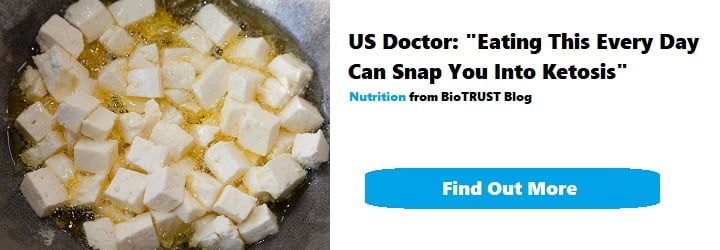
 7 Signs Your Body is Seriously Low on Collagen (not just wrinkles)
7 Signs Your Body is Seriously Low on Collagen (not just wrinkles)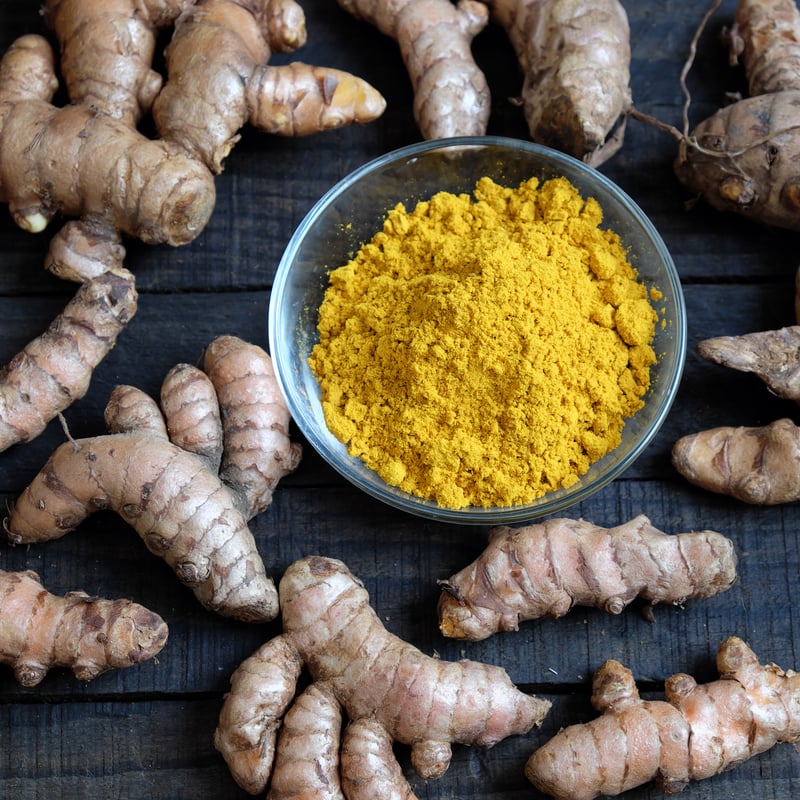 Health Expert: "Turmeric Doesn't Work (unless...)"
Health Expert: "Turmeric Doesn't Work (unless...)" 3 Warning Signs Your Probiotic Supplement is a Total Waste
3 Warning Signs Your Probiotic Supplement is a Total Waste